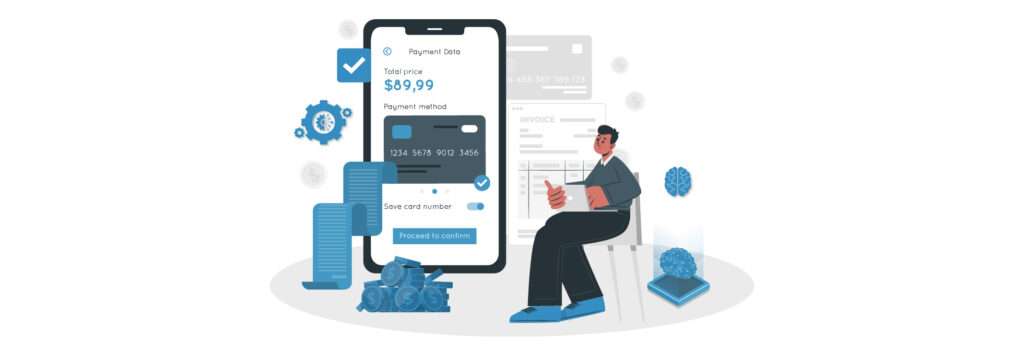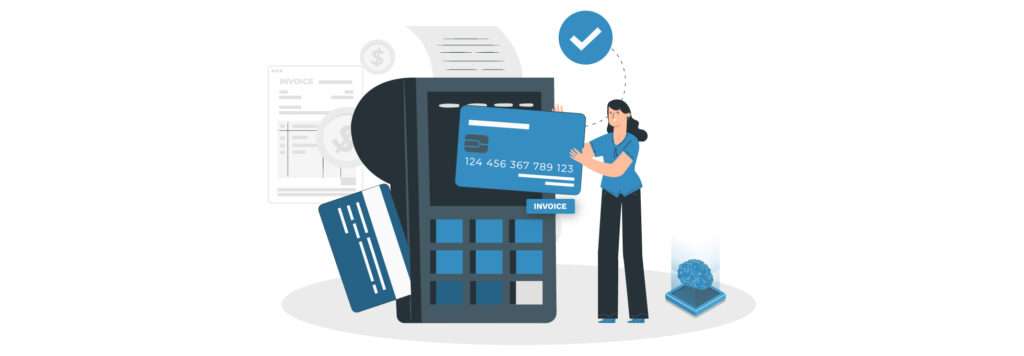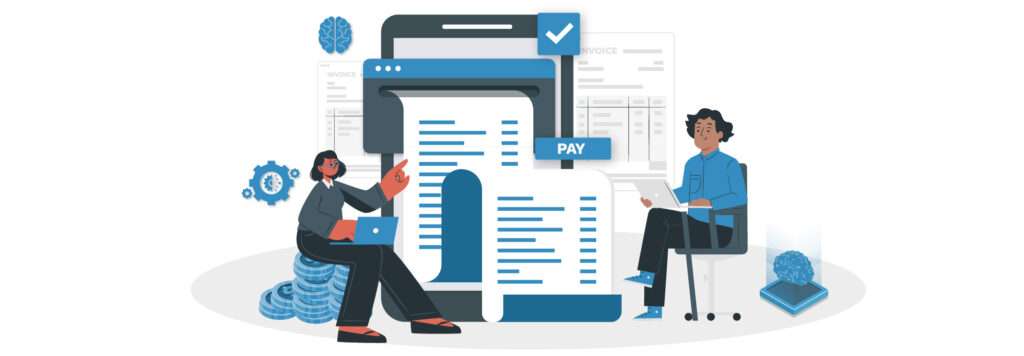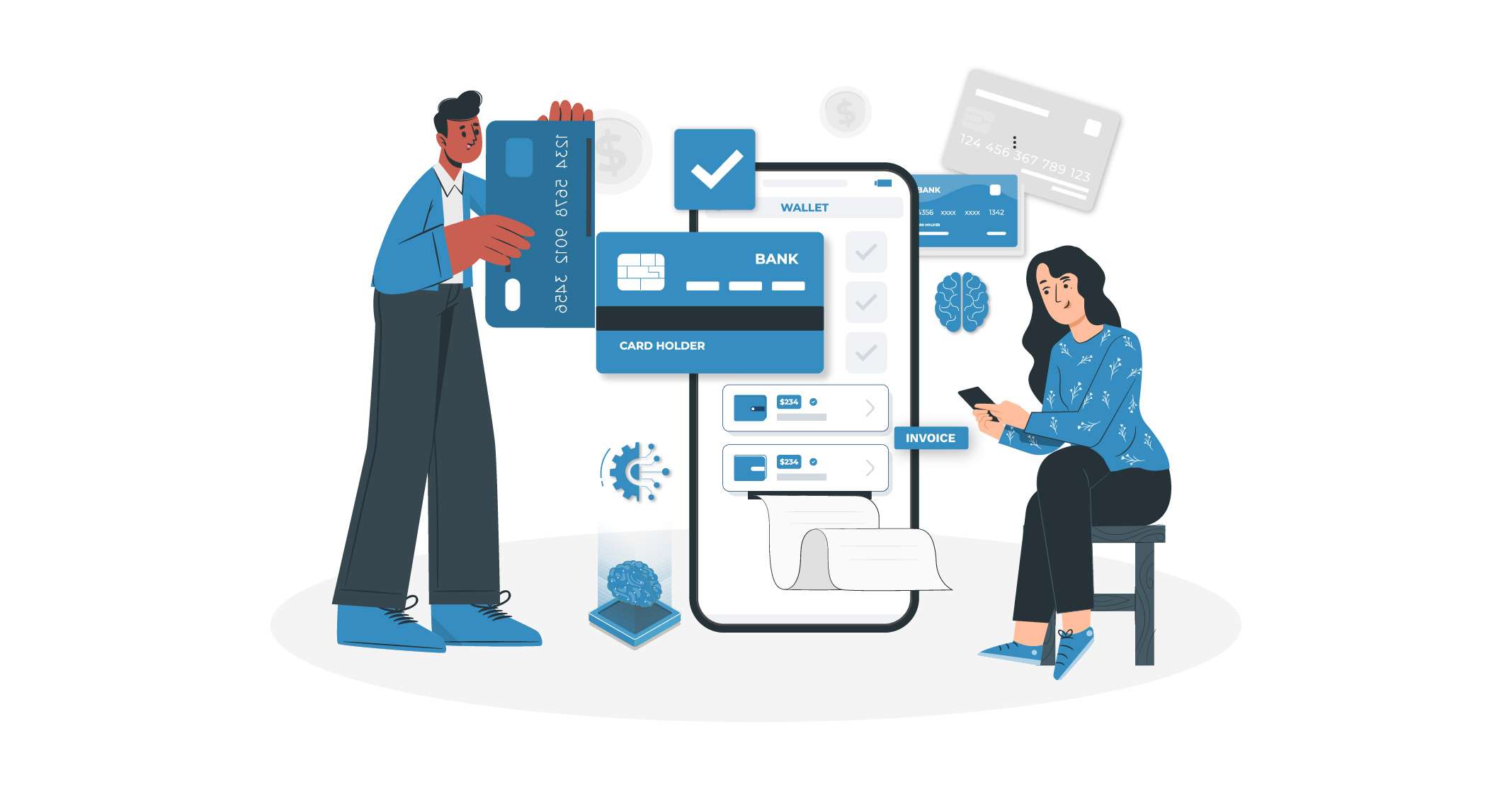Accounts Receivable Invoices:
Managing money might not sound thrilling, but it’s crucial for keeping your business on track. One key part of this is handling account receivable invoices. If you’ve ever wondered how to make sure you’re getting paid on time or how to keep track of what’s owed to you, this guide is for you.
Consider an account receivable invoice to be a friendly reminder to your customers to pay their bills. It’s more than just mailing a bill; it’s about ensuring that your company has the cash flow it requires to operate efficiently. However, dealing with these invoices might be difficult at times due to late payments, confused records, and manual errors.
In this ultimate guide, we’ll break down everything you need to know about account receivable invoices.
What is an Account Receivable Invoice?

An account receivable invoice is an important financial document sent by a company to its clients after supplying products or services on credit. It functions as an official request for payment and contains essential information such the total amount due, the date of the due date, and the terms of payment. Essentially, it is a record of a company’s receivables, which reflect money expected to be received from customers.
Automate vendor invoicing for faster, accurate receivables management.
The Importance of Account Receivable Invoices
1. Cash Flow Management
Maintaining a consistent cash flow requires careful handling of bills related to accounts receivable. Invoices that are issued and collected on time guarantee that a business has the liquidity it requires to fund operational expenses, invest in growth, and avoid cash flow concerns. Businesses that do not use proper invoicing may have payment delays, compromising their capacity to meet financial responsibilities.
2. Financial Health
The management of accounts receivable invoices has a direct impact on a company’s financial health. Accurate and timely invoicing helps to produce credible financial statements, which are critical for decision-making, obtaining loans, and recruiting investors. A properly maintained accounts receivable ledger indicates a company’s creditworthiness and efficiency at work.
3. Customer Relationships
Invoices that are clear and accurate create transparency and client trust. It guarantees that customers understand their financial commitments, minimizing the probability of conflicts and increasing overall satisfaction. Effective communication through well-structured bills can improve client relationships and encourage loyalty.
4. Legal Protection
Invoices act as legal records that can be utilized to resolve disputes or nonpayment issues. They serve as evidence of the transaction and the agreed-upon terms, which might be useful in legal procedures or discussions. Having the right paperwork guarantees that companies have a strong base on which to enforce payment arrangements.
5. Operational Efficiency
Streamlining the invoicing process with best practices or automation can greatly increase the efficiency of operations. Reducing the time and resources spent on manual invoicing tasks enables organizations to better deploy their resources, focusing on growth and customer service.
Key Components of an Account Receivable Invoice

A well-crafted account receivable invoice should have a few critical components to ensure clarity and accuracy:
1. Invoice Number
A unique identification used to track and reference the invoice. It enables both the company and the customer to maintain track of the transaction.
2. Issue Date
The date on which the invoice is issued. This helps in determining the payment deadline and timeframe.
3. Due Date
The final date by which payment should be made. The last day on which payments are due. To ensure on-time payments and prevent confusion, the due date should be specified clearly.
4. Customer Details
The name, address, and contact information of the customer receiving the invoice. Accurate customer details help in proper communication and record-keeping.
5. Company Details
The name, address, and contact information of the issuing company. This information provides context and allows the customer to contact the business if needed.
6. Description of Goods/Services
Detailed information on the goods or services provided. This section should be clear and specific to avoid misunderstandings.
7. Amount Due
The total cost to be paid by the customer. This should include any applicable taxes and fees.
8. Payment Terms
The timeframe for payment, such as Net 30 days. This section outlines the agreed-upon terms for payment and any penalties for late payment.
9. Payment Methods
Accepted payment methods, such as bank transfer, credit card, or online payment platforms. Providing multiple payment options can facilitate quicker payments.
10. Late Fees
Information on any penalties or interest charges for late payment. This encourages timely payment and compensates for delayed cash flow.
Common Challenges in Managing Account Receivable Invoices

Managing account receivable invoices can present several challenges:
1. Manual Errors
Manual invoicing processes are prone to errors such as incorrect amounts, missing information, or duplicate entries. These errors can lead to payment delays, disputes, and additional administrative work.
2. Delayed Payments
Without automated reminders and follow-ups, customers may forget payment deadlines, leading to late payments. This can disrupt cash flow and create additional administrative burdens.
3. Inefficient Tracking
Tracking multiple invoices manually can be cumbersome and time-consuming. It increases the risk of missed payments and inaccurate records.
4. Dispute Resolution
Handling disputes over invoice discrepancies can be challenging and time-consuming. Resolving these issues effectively is crucial for maintaining positive customer relationships.
5. Compliance Issues
Ensuring compliance with tax regulations and accounting standards can be complex. Proper documentation and adherence to regulations are essential to avoid legal issues and penalties.
Benefits of Automating Account Receivable Invoices

Automating the invoicing process offers several benefits:
1. Improved Accuracy
Automation reduces the risk of human error, ensuring accurate invoicing and payment tracking. This minimizes discrepancies and improves financial accuracy.
2. Faster Invoicing
Automated systems can generate and send invoices promptly, speeding up the payment cycle. This helps improve cash flow and reduce delays.
3. Enhanced Cash Flow
Timely payments facilitated by automation improve cash flow, providing the liquidity needed for business operations and growth.
4. Reduced DSO
Days Sales Outstanding (DSO) can be significantly reduced with automated reminders and follow-ups. This leads to quicker payment collections and improved financial stability.
5. Better Customer Relationships
Automation allows for timely and accurate communication with customers. Automated reminders and follow-ups enhance customer satisfaction and trust.
6. Operational Efficiency
Automating the invoicing process saves time and resources, allowing staff to focus on more strategic tasks. This improves overall operational efficiency.
Key Features of an AR Automation Solution

When selecting an AR automation solution, consider the following features:
1. Automated Invoicing
- Customization: Ability to customize invoices with company branding and detailed descriptions. Customization ensures consistency and professional presentation.
- Scheduling: Schedule invoices to be sent automatically on specific dates or upon delivery of goods/services. This ensures timely and consistent invoicing.
2. Payment Tracking and Reconciliation
- Real-Time Tracking: Monitor payment statuses in real-time to stay updated on outstanding receivables. Real-time tracking provides visibility and allows for prompt follow-up.
- Automated Reconciliation: Match payments with invoices automatically, reducing manual effort and errors. Automated reconciliation streamlines the accounting process and ensures accuracy.
3. Automated Reminders and Follow-Ups
- Payment Reminders: Send automated reminders to customers before and after the due date. Reminders encourage timely payments and reduce overdue invoices.
- Follow-Up Notifications: Automatically notify customers of overdue payments and provide options for resolution. Follow-up notifications help manage overdue accounts and improve collections.
4. Customer Portal
- Self-Service Portal: Provide customers with access to a portal where they can view invoices, payment history, and make payments. A self-service portal enhances customer convenience and engagement.
- Payment Options: Offer multiple payment methods, including credit/debit cards, bank transfers, and digital wallets. Providing various payment options facilitates quicker payments and customer satisfaction.
5. Analytics and Reporting
- Dashboard: A comprehensive dashboard that provides an overview of AR metrics, such as DSO, outstanding receivables, and cash flow trends. The dashboard offers valuable insights into AR performance.
- Reports: Generate detailed reports to analyze payment patterns, identify late-paying customers, and make data-driven decisions. Reports support strategic decision-making and process improvements.
Implementing an AR Automation Solution

Implementing an AR automation solution involves several key steps:
1. Assessment and Planning
- Needs Analysis: Identify the specific needs of your business and the pain points in your current AR process. Understanding your requirements helps select the right solution.
- Vendor Evaluation: Research and evaluate different AR automation solutions based on features, scalability, and cost. Choose a solution that aligns with your business needs and budget.
2. Integration
- ERP Integration: Ensure the AR automation solution integrates seamlessly with your existing ERP or accounting software. Integration streamlines data flow and reduces manual data entry.
- Data Migration: Migrate existing AR data to the new system, ensuring data accuracy and completeness. Proper data migration ensures a smooth transition and continuity.
3. Configuration and Customization
- Customization: Customize the solution to match your business processes, including invoice templates, payment terms, and reminder schedules. Tailoring the solution enhances its effectiveness and usability.
- User Roles: Set up user roles and permissions to ensure secure access and compliance. Proper user management safeguards sensitive information and ensures authorized access.
4. Training and Onboarding
- Training Programs: Conduct training sessions for your AR team to ensure they understand how to use the new system effectively. Training equips staff with the skills needed to maximize the solution’s benefits.
- Customer Onboarding: Inform your customers about the new system and provide guidance on how to use the self-service portal. Effective onboarding enhances customer adoption and satisfaction.
5. Monitoring and Optimization
- Performance Monitoring: Regularly monitor the performance of the AR automation solution and address any issues or inefficiencies. Continuous monitoring ensures the system operates smoothly and meets your needs.
- Feedback Loop: Collect feedback from users and customers to identify areas for improvement and make necessary adjustments. Feedback helps refine the system and enhance its effectiveness.
Conclusion
Account receivable invoices are a vital component of effective financial management. By understanding their importance, key components, and common challenges, businesses can optimize their invoicing processes. Implementing an AR automation solution offers numerous benefits, including improved accuracy, faster invoicing, and enhanced cash flow.
Leveraging automation and best practices, businesses can streamline their invoicing processes, improve cash flow, and foster positive customer relationships. Whether you’re new to account receivable management or looking to enhance your current practices, this guide equips you with the knowledge and tools needed to master account receivable invoices and achieve financial success.



